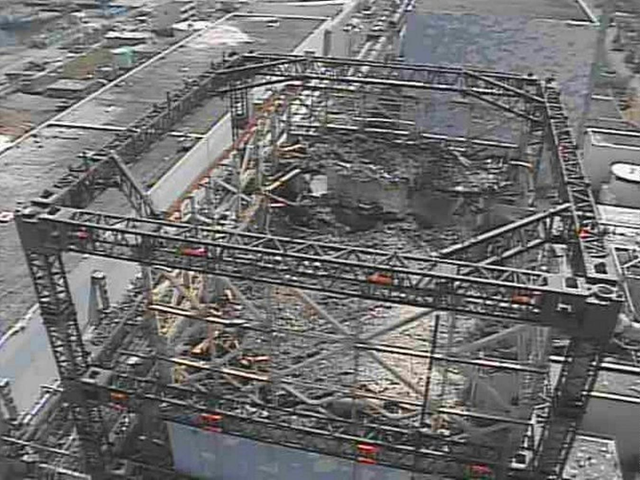Flooding complicates clean-up at Fukushima nuclear plant – ‘Every day we have approximately 400 metric tons of groundwater’
By James Topham and Mari Saito, with Aaron Sheldrick; Editing by Robert Birsel
8 March 2013 TOKYO (Reuters) – Tokyo Electric Power Company is struggling to stop groundwater flooding into damaged reactors at its wrecked Fukushima plant and it may take four years to fix the problem, possibly delaying the removal of melted uranium fuel. The 11 March 2011 earthquake and tsunami knocked out cooling equipment at the company’s Fukushima Daiichi plant north of Tokyo, triggering the worst atomic disaster since Chernobyl in 1986. More than 160,000 people were forced from their homes. Nearly two years later, hundreds of metric tons of groundwater is seeping into the damaged reactor buildings every day and mixing with water still being poured on the leaking reactors through a jerry-rigged cooling system. Dealing with the contaminated water has been especially tricky because of equipment failures and high levels of radiation. Shunichi Suzuki, Tepco’s general manager for research and development of Fukushima Daiichi decommissioning, said on Friday stopping the groundwater was crucial. “Every day we have approximately 400 metric tons of groundwater,” Suzuki told Reuters in an interview. Tepco is building a bypass system to try to stop the groundwater flowing from high ground into the buildings. On Thursday, the Japanese government told the utility to revise by June its roadmap for cleaning up the site, which is expected to take 30 to 40 years. Experts say it could cost at least $100 billion to close the reactors down. Plugging leaks in the reactors and removing the water is a necessary before removing melted fuel from the three damaged reactors. Two years after the disaster, Japan is facing a third year with most nuclear reactors shut because of safety fears the accident raised. The shutdowns have forced Japan to import more fossil fuels for electricity generation pushing it into a current account deficit. One of the most daunting tasks remains the disposal of water contaminated after it is poured onto the reactors. Radioactive material must be filtered out and stored. Work to treat and store the contaminated water is behind schedule, partly because of the groundwater flooding in. On Thursday, the company announced another delay in an operation to remove most radioactive material from the water. […] Removing the ground water may take two to four more years, Suzuki said, adding that it wasn’t possible to give a firm schedule. [more]
